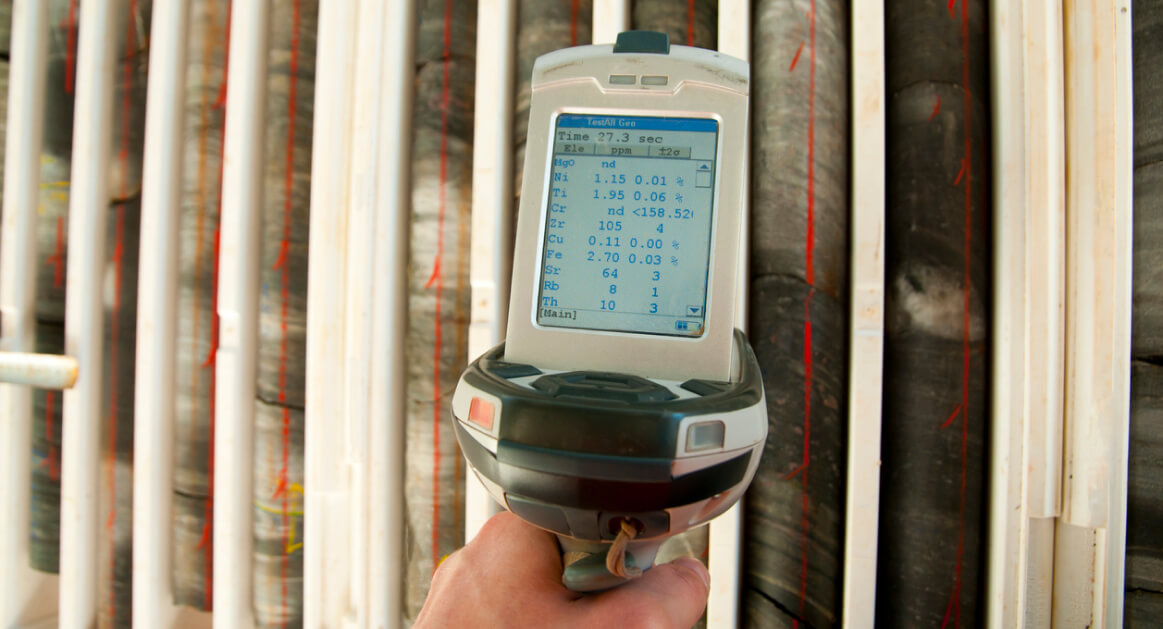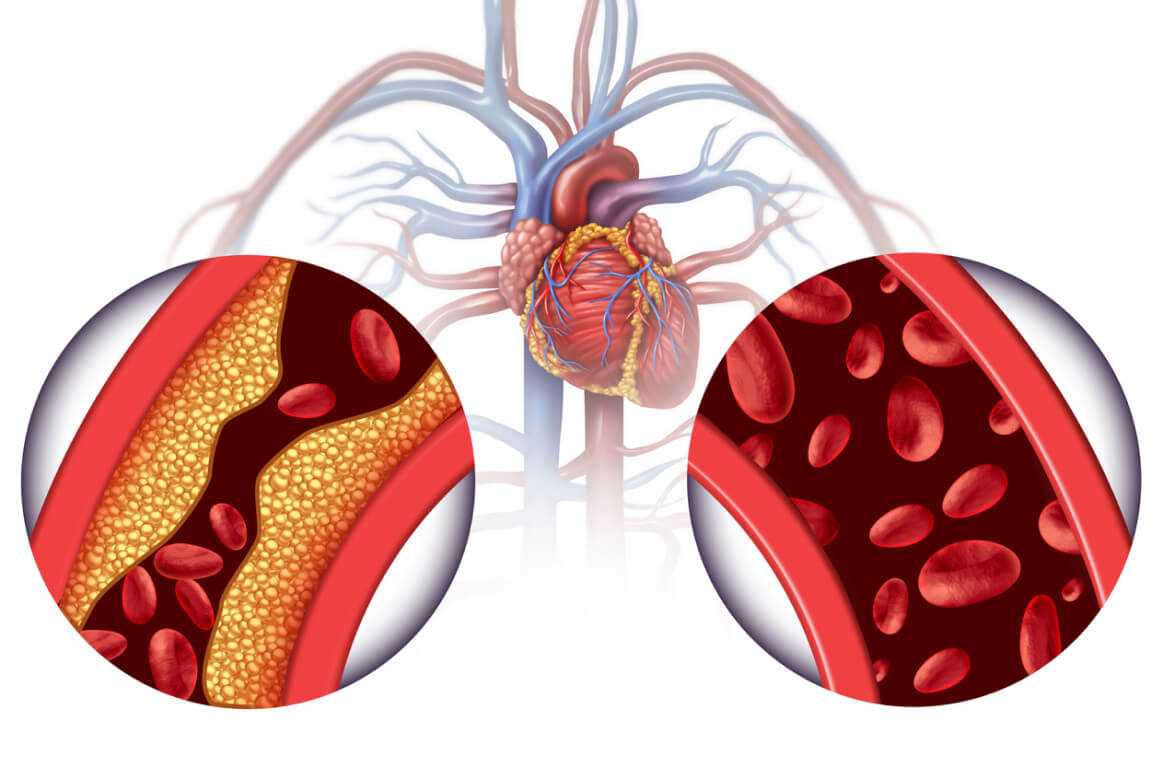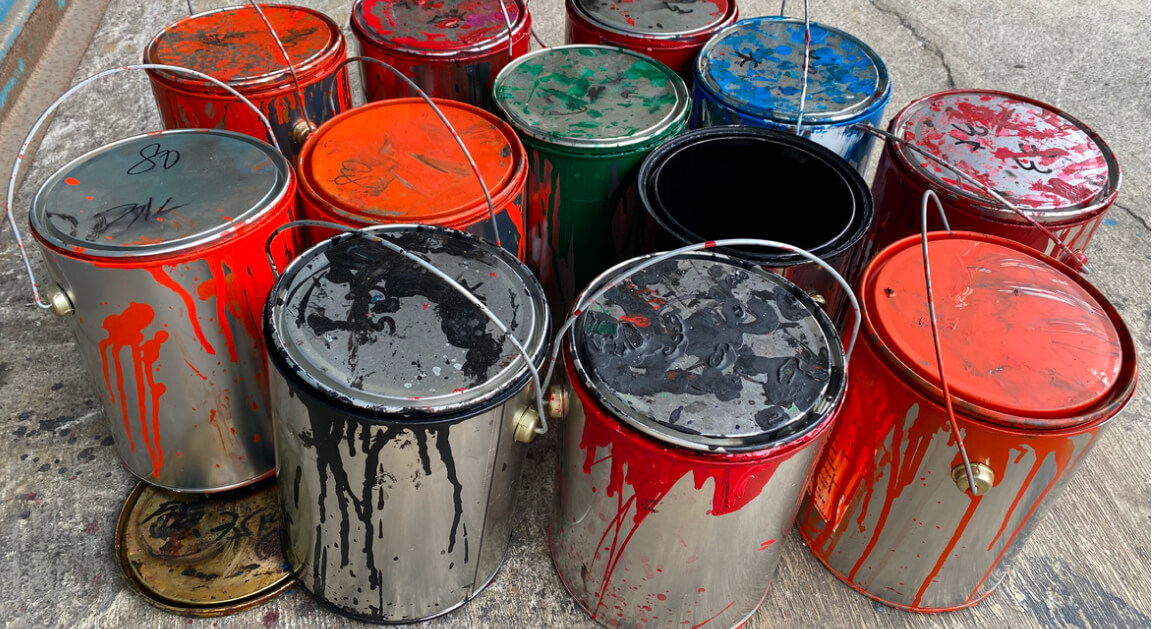This article provides an insight into how lead in paint is detected and measured, highlighting the technological advancements and evolving safety standards.
On-Site XRF Analysis for Lead Paint:
- Common Method: XRF (X-ray fluorescence) analysis is widely used for testing lead paint.
- Advantages: It’s fast (immediate results), cost-effective, and non-destructive.
- How It Works: A hand-held device emits x-rays or gamma rays, causing lead to emit X-rays at a characteristic frequency, which the device measures (H & H Equities v. Baez, NYLJ Oct 11, 1995).
- Interpreting Results: The readings are matched against a Performance Characteristic Sheet issued by HUD and the EPA.
- Accuracy and Challenges: Results can be subject to challenge if the instrument isn’t properly calibrated or if substrate interference isn’t accounted for.
- Regulatory Standards: In New York City, lead paint is defined as having 0.5 mg/cm² or more (Local Law 66 of 2019).
Laboratory Analysis of Paint Chips:
- Methodology: Typically involves Atomic Absorption Spectroscopy (AAS) analysis.
- Expression of Results: Results are usually given in mg/cm², but sometimes as a percentage by weight.
- Percentage by Weight Definition: Under federal and New York State laws, 0.5% lead by weight is the threshold (PHL §1373(2)).
- Collection and Testing Limitations: The sample’s reliability can be affected by how it’s collected and the inclusion of substrate materials.
- EPA-Approved Laboratories: Samples must be sent to certified labs with proper documentation.
Lead Dust Measurement:
- Testing Process: A “wipe test” is used where a swab collects dust from a surface, which is then analyzed in a lab.
- Regulated Levels: The results are reported in micrograms per square foot (μg/ft²).
- Evolving Standards: HUD lowered its safety standard from 100 μg/ft² to 40 μg/ft² in 1999. The EPA proposed even lower clearance levels in 2019 (86 F. R. 983).
Contextualizing Lead Toxicity:
- Magnitude of Lead in Paint: Historical use of lead was massive, with a gallon of paint potentially containing over 10 pounds of lead.
- Comparative Toxicity: The current definition of lead-based paint is at a much lower concentration than historical uses, demonstrating the high toxicity of lead, especially to children.
Conclusion: The methodologies for detecting lead in paint, from on-site XRF analysis to laboratory tests, have significantly advanced. However, the standards and regulations continue to evolve as our understanding of lead’s toxicity grows. This progress is crucial in mitigating lead’s harmful effects, particularly in environments where children are present.
We welcome your legal questions for topically relevant articles in the future. Feel free to compose a question – it may be addressed in future articles. Email Question
Free Case Evaluation
Fill Out The Form Below To Find Out If You Have A Case.
Thank you for contacting us. One of our colleagues will get back to you shortly.



